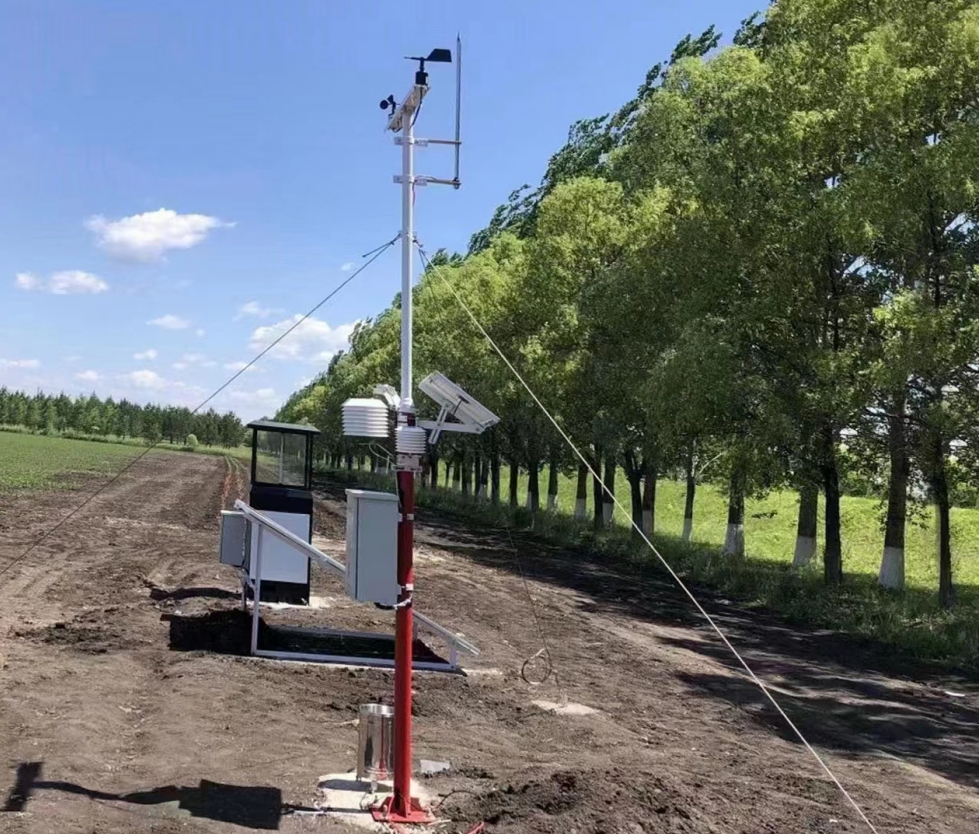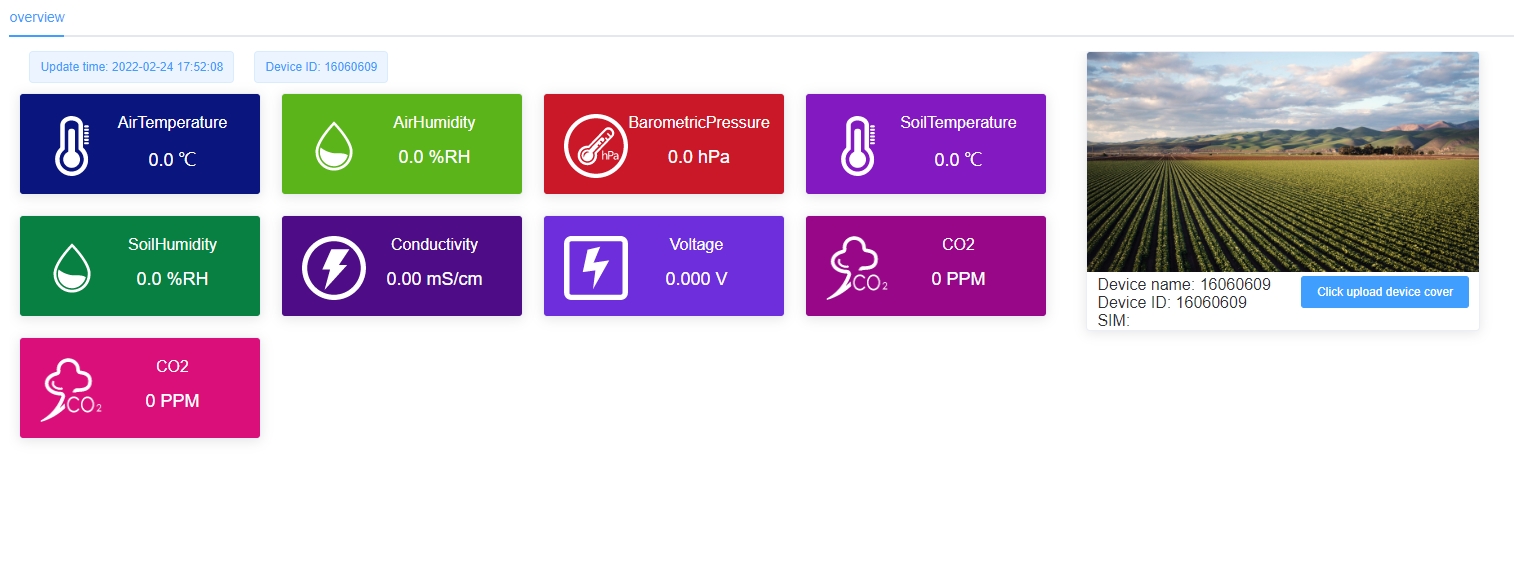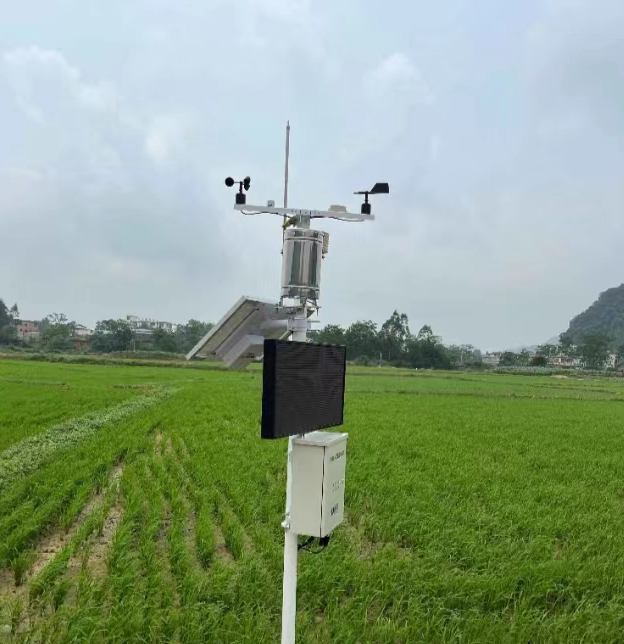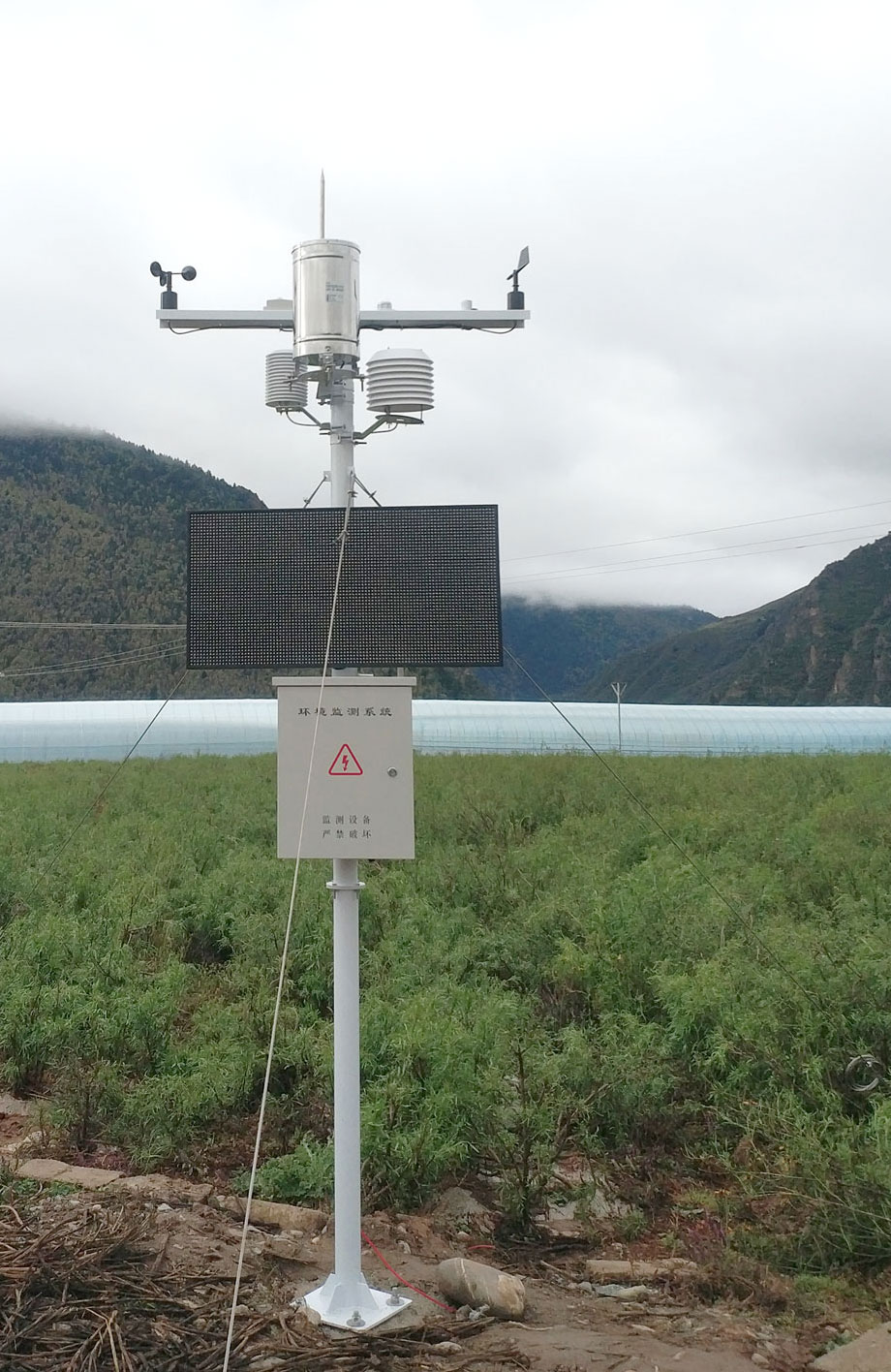

— Blogs —
—Products—
 Consumer hotline +8618073152920
Consumer hotline +8618073152920 WhatsApp:+8615367865107
Address:Room 102, District D, Houhu Industrial Park, Yuelu District, Changsha City, Hunan Province, China
Product knowledge
Time:2025-02-14 16:16:17 Popularity:141
As global agriculture advances toward intelligent and sustainable development, field meteorological stations have become a core tool in promoting modern agricultural progress. By integrating sensor technology, IoT communication, cloud computing, and big data analysis, these stations provide real-time, accurate data support for agricultural production, helping farmers achieve efficient management and scientific decision-making.
Field meteorological stations combine several cutting-edge technologies to create a comprehensive and efficient agricultural environment monitoring network. Their high-precision sensors can monitor weather parameters such as air temperature, humidity, light intensity, wind speed, and rainfall, as well as key indicators like soil moisture and nutrient content. These data are transmitted wirelessly to cloud servers, where big data analysis generates intuitive reports and charts.
Farmers can access this information anytime and anywhere through smartphones or computers, staying informed about the real-time status of their fields. This convenience not only improves management efficiency but also provides a solid foundation for scientific decision-making.

Based on real-time data from the field meteorological stations, farmers can implement more refined agricultural management strategies:
The system can automatically adjust irrigation times and water quantities based on soil moisture sensor data, preventing water wastage while ensuring optimal growing conditions for crops.
By monitoring light intensity, farmers can use shade nets or supplementary lighting to adjust the light requirements of crops, promoting photosynthesis and increasing yields.
Combining meteorological data with pest and disease prediction models, farmers can take preventative measures early, reducing pesticide use and minimizing environmental impact.
With weather forecasting functions, farmers can scientifically plan key activities such as sowing, fertilization, and harvesting, minimizing the impact of extreme weather on crops.

Agricultural meteorological stations have powerful early warning functions. By analyzing historical weather data and crop growth models, they can predict extreme weather events such as droughts, floods, and frosts. Once potential risks are detected, the system immediately sends alerts to farmers, advising them to take preventive actions. For example:
- Adjusting irrigation plans before a drought.
- Strengthening facilities before heavy rain to prevent soil erosion.
- Covering crops before frost to protect seedlings.
This proactive management significantly reduces the impact of natural disasters on agricultural production, enhancing the resilience of agricultural systems.

The vast amounts of data collected by agricultural meteorological stations are analyzed through cloud computing and big data, providing scientific decision support to farmers and promoting sustainable agricultural development:
Data analysis helps farmers apply fertilizers and pesticides more effectively, reducing environmental pollution caused by overuse.
Long-term monitoring of soil moisture and nutrient changes allows farmers to adjust planting plans in a timely manner, protecting soil fertility.
The historical data accumulated by meteorological stations offers valuable resources for agricultural research, helping to understand the impact of climate change on agricultural production and driving technological innovation.

With the rapid development of IoT, artificial intelligence, 5G, and other technologies, the functionality of field meteorological stations will become even more extensive and powerful. In the future, these stations may feature:
- Multi-parameter Monitoring: Integrating more sensors to monitor soil health, crop diseases, and other broader indicators.
Additionally, the cost of agricultural meteorological stations will continue to decrease, making them more widely accessible, especially in developing countries, thus helping to achieve global food security goals.
As a crucial component of smart agriculture, field meteorological stations are reshaping agricultural production with the power of technology. They not only enhance the efficiency and quality of agricultural production but also promote agriculture's shift toward greener, more sustainable practices. In the future, with continuous technological innovation and application, agricultural meteorological stations will continue to lead the development trend of smart agriculture, injecting new vitality and possibilities into global agriculture.
Prev:Agricultural Weather Stations: Smart Solutions for Precision Agriculture
Next:Weather Stations in Scenic Areas: Ensuring Tourist Safety and Enhancing the Travel Experience
Related recommendations
Sensors & Weather Stations Catalog
Agriculture Sensors and Weather Stations Catalog-NiuBoL.pdf
Weather Stations Catalog-NiuBoL.pdf
Related products
 Combined air temperature and relative humidity sensor
Combined air temperature and relative humidity sensor Soil Moisture Temperature sensor for irrigation
Soil Moisture Temperature sensor for irrigation Soil pH sensor RS485 soil Testing instrument soil ph meter for agriculture
Soil pH sensor RS485 soil Testing instrument soil ph meter for agriculture Wind Speed sensor Output Modbus/RS485/Analog/0-5V/4-20mA
Wind Speed sensor Output Modbus/RS485/Analog/0-5V/4-20mA Tipping bucket rain gauge for weather monitoring auto rainfall sensor RS485/Outdoor/stainless steel
Tipping bucket rain gauge for weather monitoring auto rainfall sensor RS485/Outdoor/stainless steel Pyranometer Solar Radiation Sensor 4-20mA/RS485
Pyranometer Solar Radiation Sensor 4-20mA/RS485
Screenshot, WhatsApp to identify the QR code
WhatsApp number:+8615367865107
(Click on WhatsApp to copy and add friends)